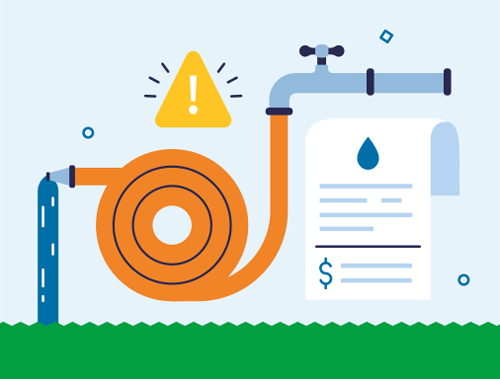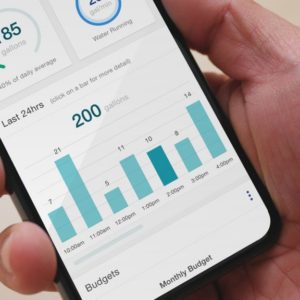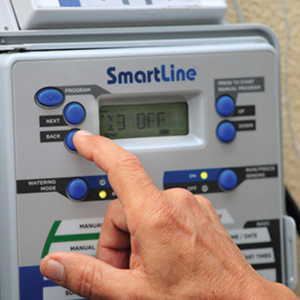 Your water use is currently on track to exceed 20,000 gallons this billing period.
Your water use is currently on track to exceed 20,000 gallons this billing period.
If your water use continues at the current level, a drought surcharge will be assessed on water use over 20,000 gallons. The charge will appear on your next SAWS bill.
Why would I receive a surcharge?
Stage 3 drought restrictions were declared on June 25, 2024. These rules have been communicated via local newspapers, television, social media, the SAWS website and bill inserts.
The Stage 3 Drought Surcharge encourages customers to reduce water use during advanced stages of drought. It is assessed to commercial and residential accounts exceeding fixed thresholds of water use.
How much is the drought surcharge?
For single family residential accounts during Stage 3 watering rules, the drought surcharge is $10.37 per thousand gallons for any use above a threshold of 20,000 gallons in a billing period.
Estimate Your Bill
Drought rule changes in 2024 were designed to encourage compliance and stewardship of our water supplies. Exactly how much your own bill might change will depend on your household’s water use and other factors.
The Residential Rate Calculator can help you get an idea of how drought surcharge rates may affect your bill in different stages of drought.
What can I do? Can I avoid receiving a drought surcharge?
Regardless of the number of household members or the square footage of your home, the level of use that triggers a drought surcharge usually means there is either high outdoor water use or a leak.
 Fix Those Leaks
Fix Those Leaks
If high water use is due to a leak, please repair it as soon as possible to minimize water loss and any impact to your bill. You can submit repair receipts to SAWS to review your eligibility for a leak adjustment on your bill, including a possible adjustment of the surcharge.


 Shutting off your
Shutting off your